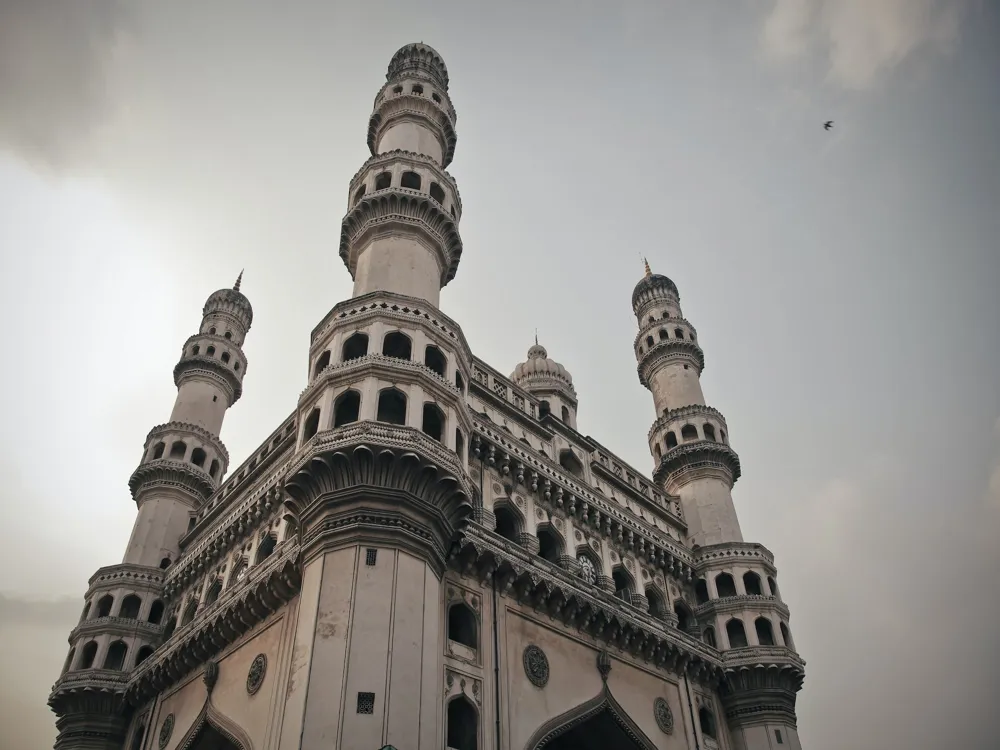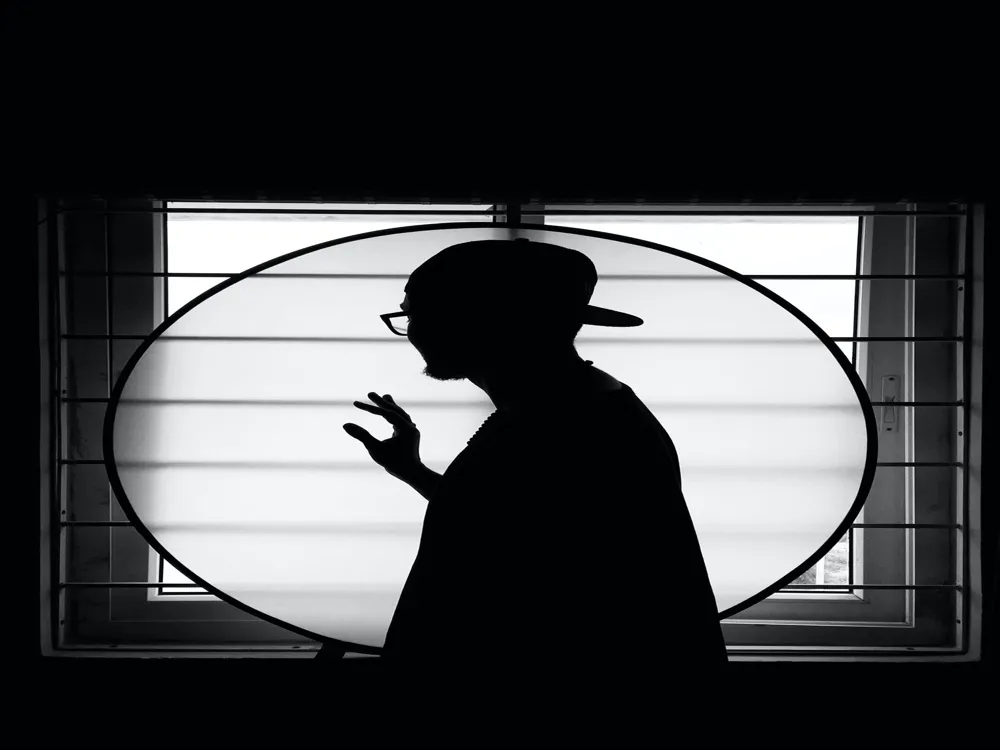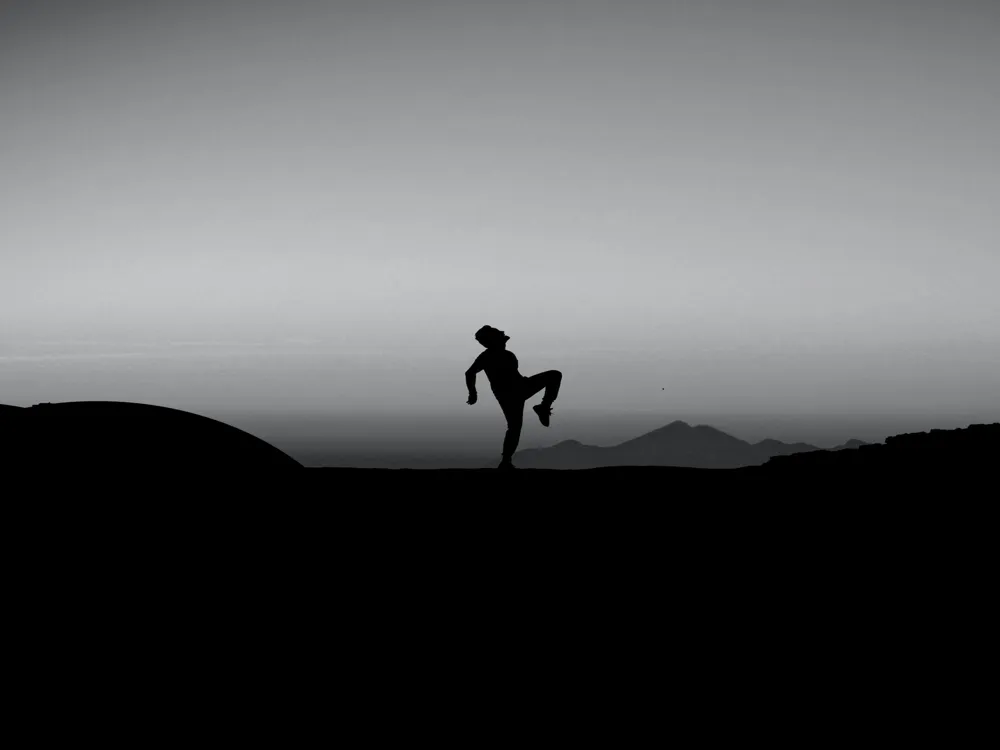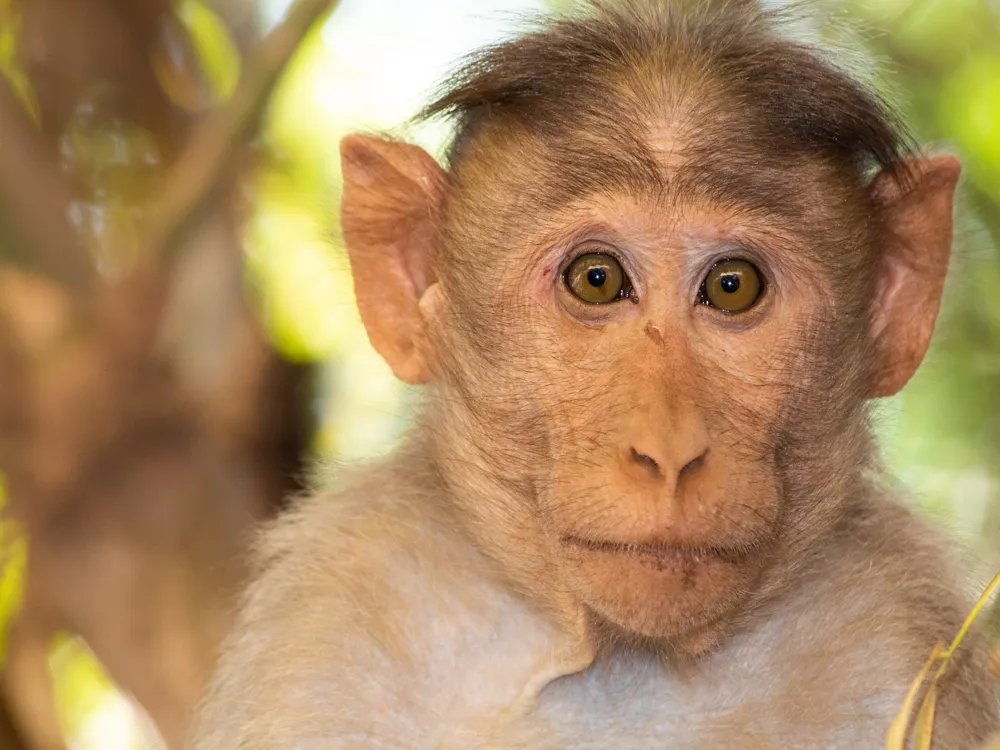Nestled in the serene landscapes of Telangana, the Phanigiri Buddhist Site is a hidden gem waiting to be explored. This ancient Buddhist complex, dating back to the 1st-2nd century AD, is situated atop a large hill in the Nalgonda district. Its name, 'Phanigiri', derived from the Sanskrit words 'Phani' (Snake) and 'Giri' (Hill), reflects the unique shape of the hill which resembles a snake. This historical site offers a captivating glimpse into the rich Buddhist heritage of India, with its well-preserved stupas, viharas (monastic complexes), and chaityas (prayer halls). The Phanigiri Buddhist Site stands as a testament to the architectural prowess and spiritual depth of ancient Buddhist culture. Excavations here have unearthed a treasure trove of artifacts, including sculptures, inscriptions, and coins, shedding light on the life and times of the Buddhists who once thrived in this region. The site's strategic location at the crossroads of cultural and trade routes made it an important center of learning and religious activity during its heyday. The architecture of the Phanigiri Buddhist Site is a remarkable amalgamation of art, religion, and history. The most striking feature is its large stupa, an iconic symbol of Buddhist architecture. This hemispherical structure, traditionally used for meditation and housing sacred relics, is a focal point of the site. Surrounding the stupa are the remains of several viharas, each reflecting the monastic lifestyle of the Buddhist monks. These residential and educational structures are adorned with intricate carvings and sculptures that depict various episodes from the life of Buddha. Another architectural highlight is the chaitya, or prayer hall, which showcases the spiritual essence of Buddhist worship. The chaitya at Phanigiri is characterized by its apsidal end, vaulted roof, and a central nave flanked by aisles. Intricate carvings and motifs on the pillars and walls of the chaitya depict the Jataka tales, and stories of Buddha's previous lives, offering insights into Buddhist philosophy and ethics. The ideal time to visit Phanigiri is between October and March when the weather is pleasant. Summers can be quite hot, making exploration less comfortable. Visitors are advised to maintain the sanctity of the site. This includes dressing modestly, speaking softly, and not littering. While photography is allowed, it's important to respect any no-photography zones and avoid using flash inside closed structures as it can damage ancient murals and carvings. Phanigiri Buddhist Site is accessible from Hyderabad, the capital city of Telangana. The nearest town is Bhongir, about 38 km away. Visitors can reach Bhongir by train or bus from Hyderabad and then hire a taxi to Phanigiri. The journey offers scenic views of the Telangana countryside, making the trip to Phanigiri not just a historical exploration but also a delightful travel experience. Read More:Overview of Phanigiri Buddhist Site in Nalgonda, Telangana
Architecture of Phanigiri Buddhist Site
Tips When Visiting Phanigiri Buddhist Site
Best Time to Visit
Respecting the Site's Sanctity
Photography Etiquette
How To Reach Phanigiri Buddhist Site
Phanigiri Buddhist Site
Nalgonda
Telangana
NaN onwards
View nalgonda Packages
Nalgonda Travel Packages
View All Packages For Nalgonda
Top Hotel Collections for Nalgonda

Private Pool

Luxury Hotels

5-Star Hotels

Pet Friendly
Top Hotels Near Nalgonda
Other Top Ranking Places In Nalgonda
View All Places To Visit In nalgonda
View nalgonda Packages
Nalgonda Travel Packages
View All Packages For Nalgonda
Top Hotel Collections for Nalgonda

Private Pool

Luxury Hotels

5-Star Hotels

Pet Friendly







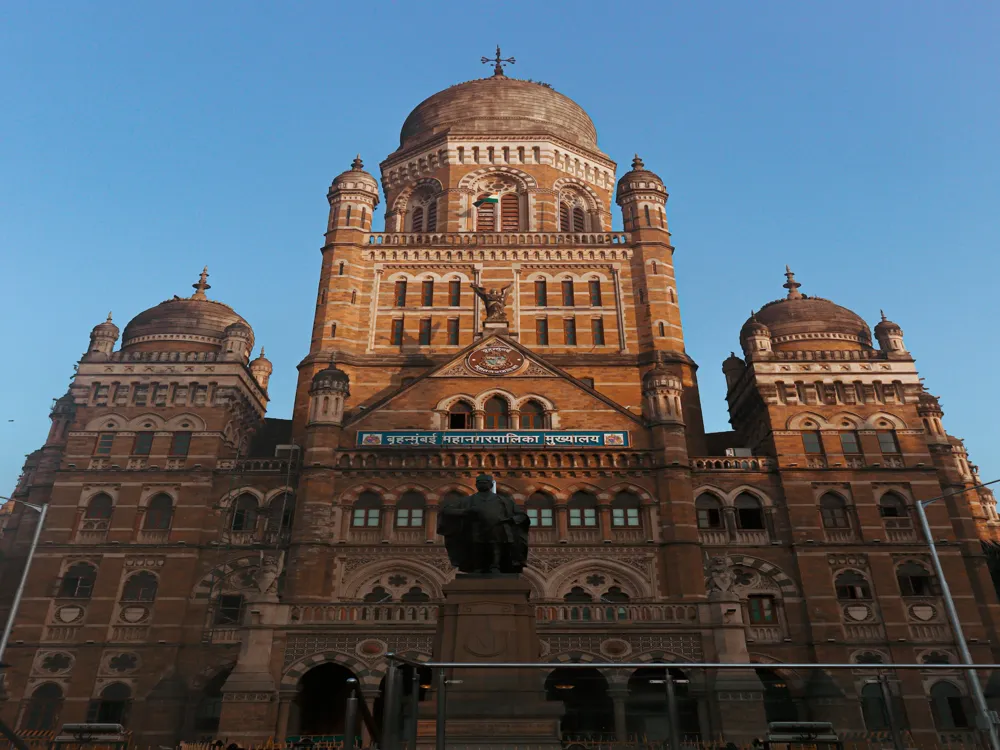
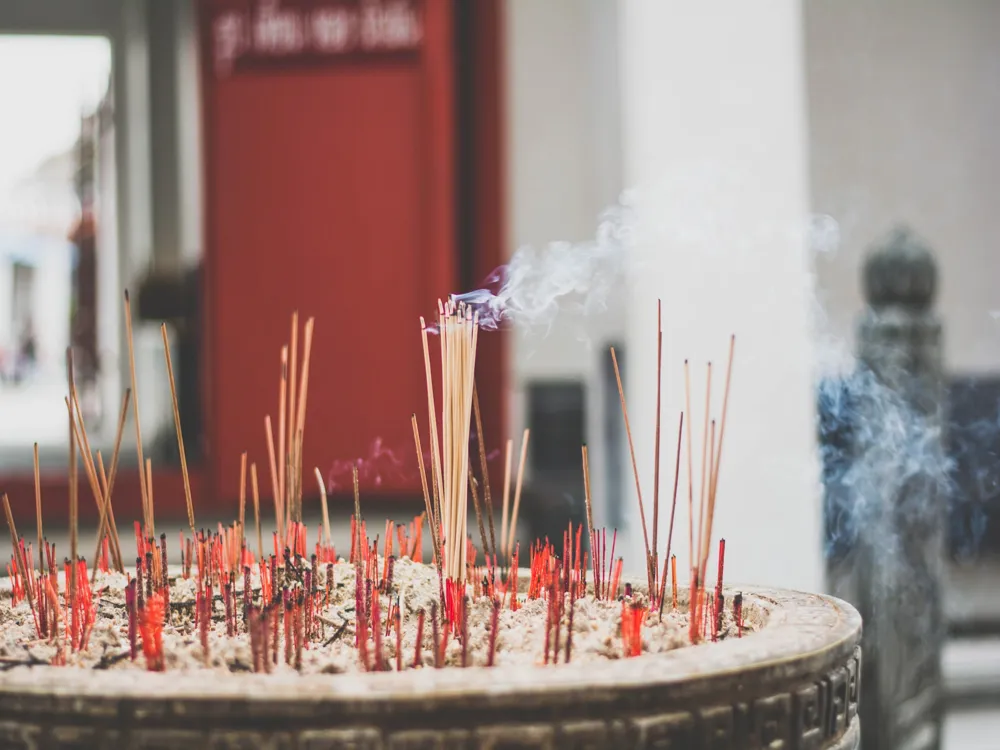
/kunda-satyanarayana-kala-dhamam-surendrapuri-slider-1.webp)
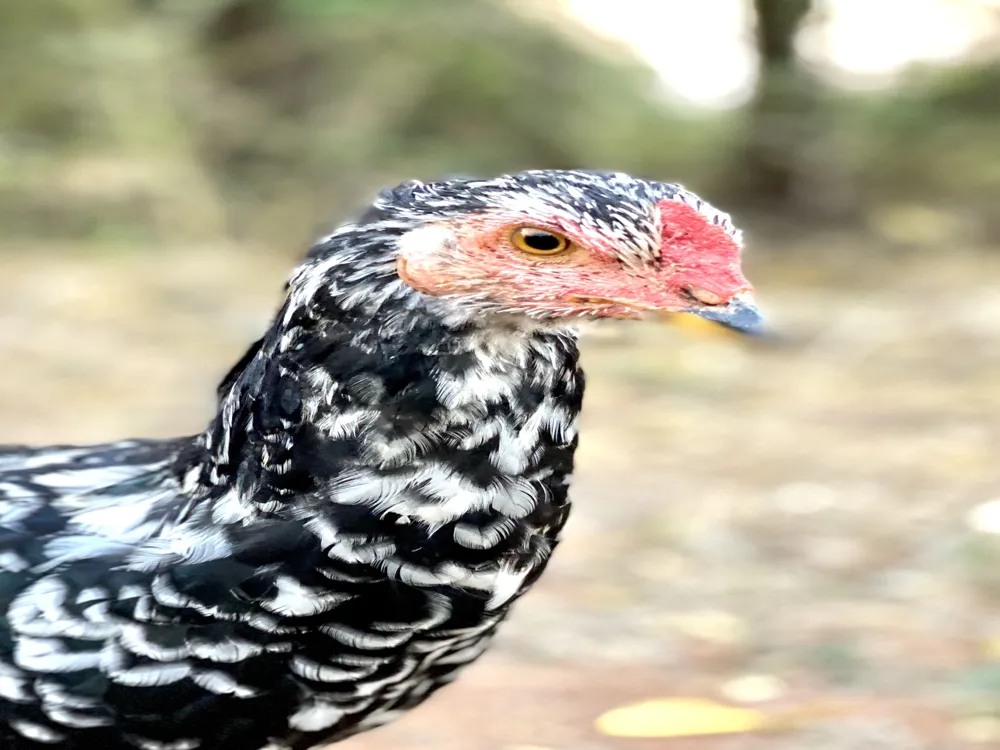
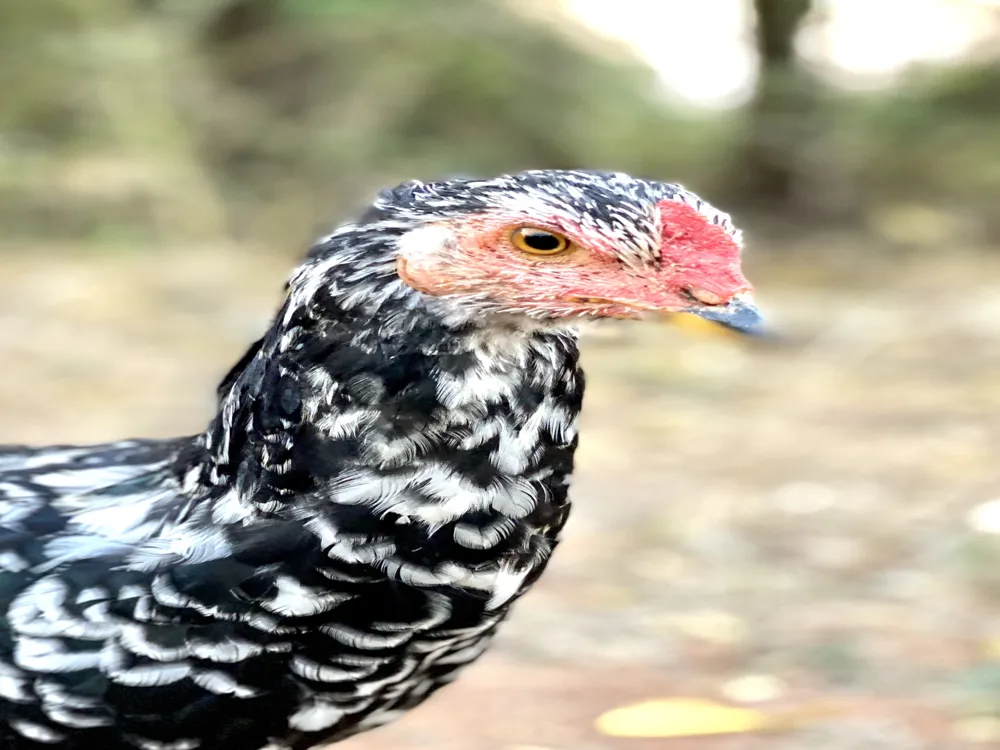
/panagal-panagallu-slider-1.webp)


